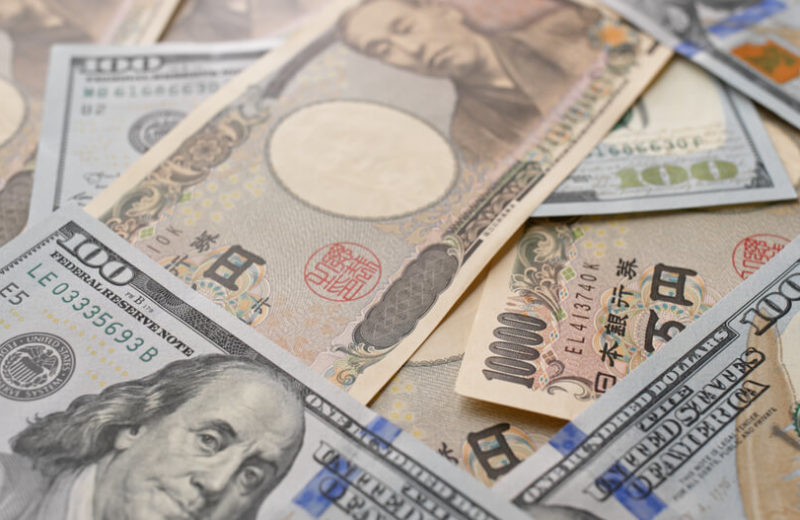Yen traded per dollar down 0.1% at 109.84 yen. Nevertheless, the yen was mostly unfazed by weak economic growth elsewhere.
In the Eurozone economy, there are fears of the coronavirus impact. It seems to remain well in place. Nevertheless, the data this week will most probably be in line with the latest releases in providing a non-encouraging picture.
The euro nudged higher to $1.0846 in early trading. Nevertheless, earlier it touched $1.0817, its weakest since mid-2017.
In three months to December, the world’s third-largest economy shrank 1.6%. It was the most significant drop in six years, hit by the sales tax hike.
Among the developed most market players expect growth in the United States to remain stronger.
The United States’ core retail sales were flat last month. It was lagging expectations of 0.3% growth. Nevertheless, its rise in December was revised down to 0.2%.
Japanese Yen
The euro is near a 33-month low as growth stagnates in the eurozone. The market sees soft United States data as driven by one-off factors.
GDP yen shows a limited response to poor Japan.
About weakening growth in the region, investors were worried. Thus, on Monday, the euro was near a 3-year low. China made efforts to limit the damage from a coronavirus outbreak. This step appeared to calm markets. Meanwhile, the yuan and Australian dollar were gaining.
Monday was light on economic data. Nevertheless, traders are looking to a German business sentiment indicator for Tuesday. Meanwhile, purchasing managers are indexing flash data later this week for furthering the evidence on the state of the eurozone economy.
Last week’s data was showing momentum in powerhouse economy Germany struggling in particular.
ING analysts were announcing that EUR/USD seems to be comfortable to trade around its new lows. In the next few days, they expect to see a continuation in the recent downtrend rather than any clear rebound.













